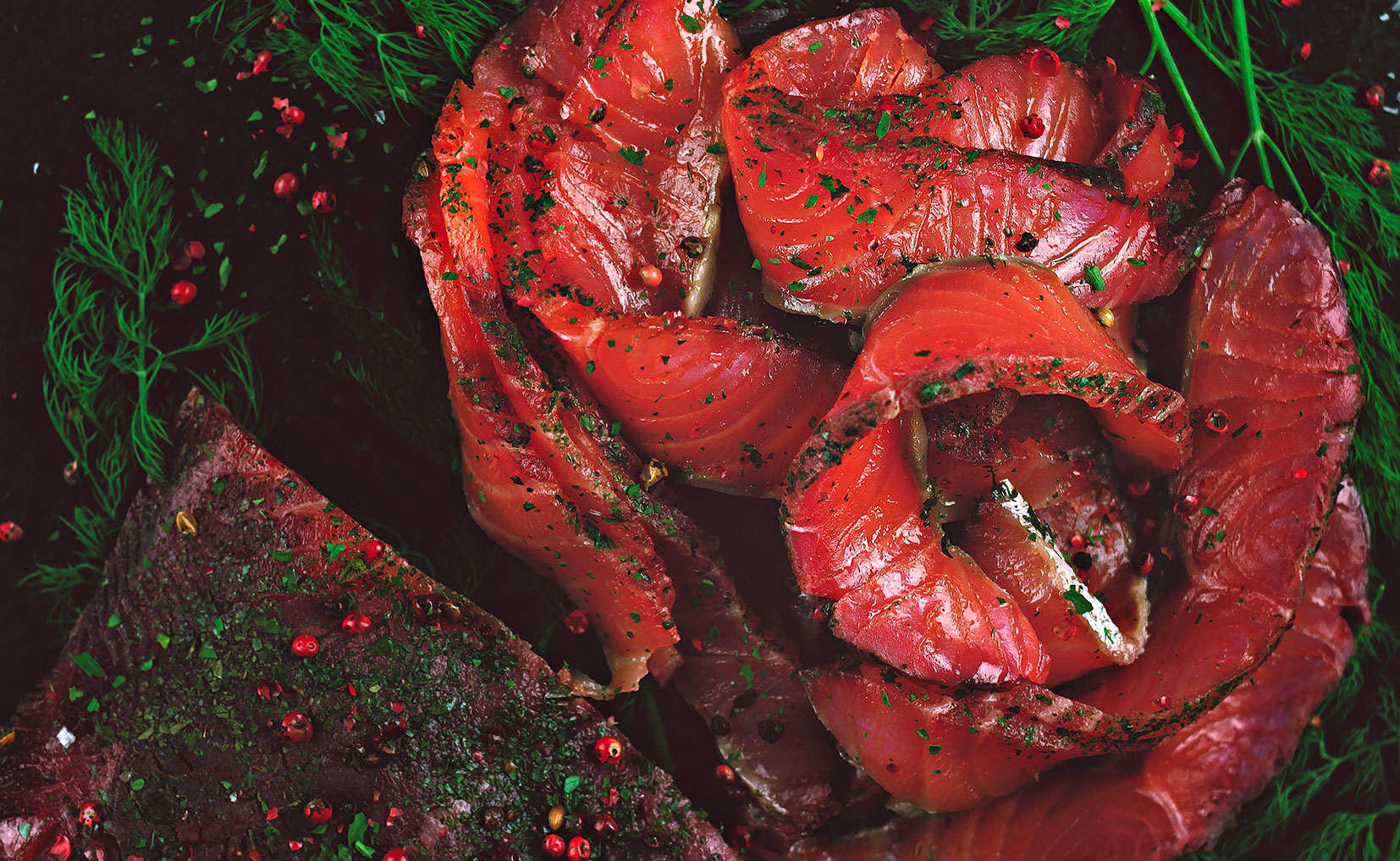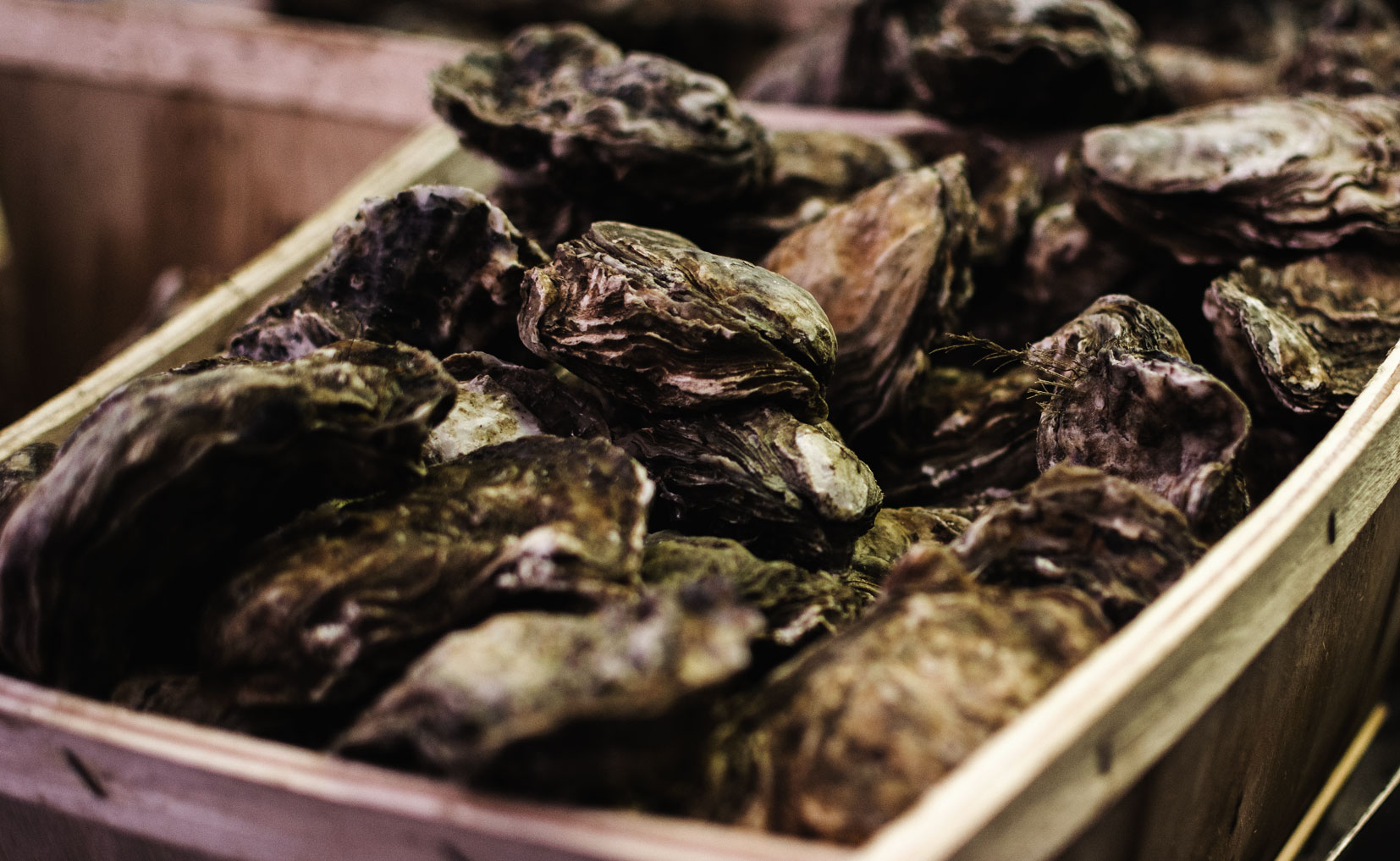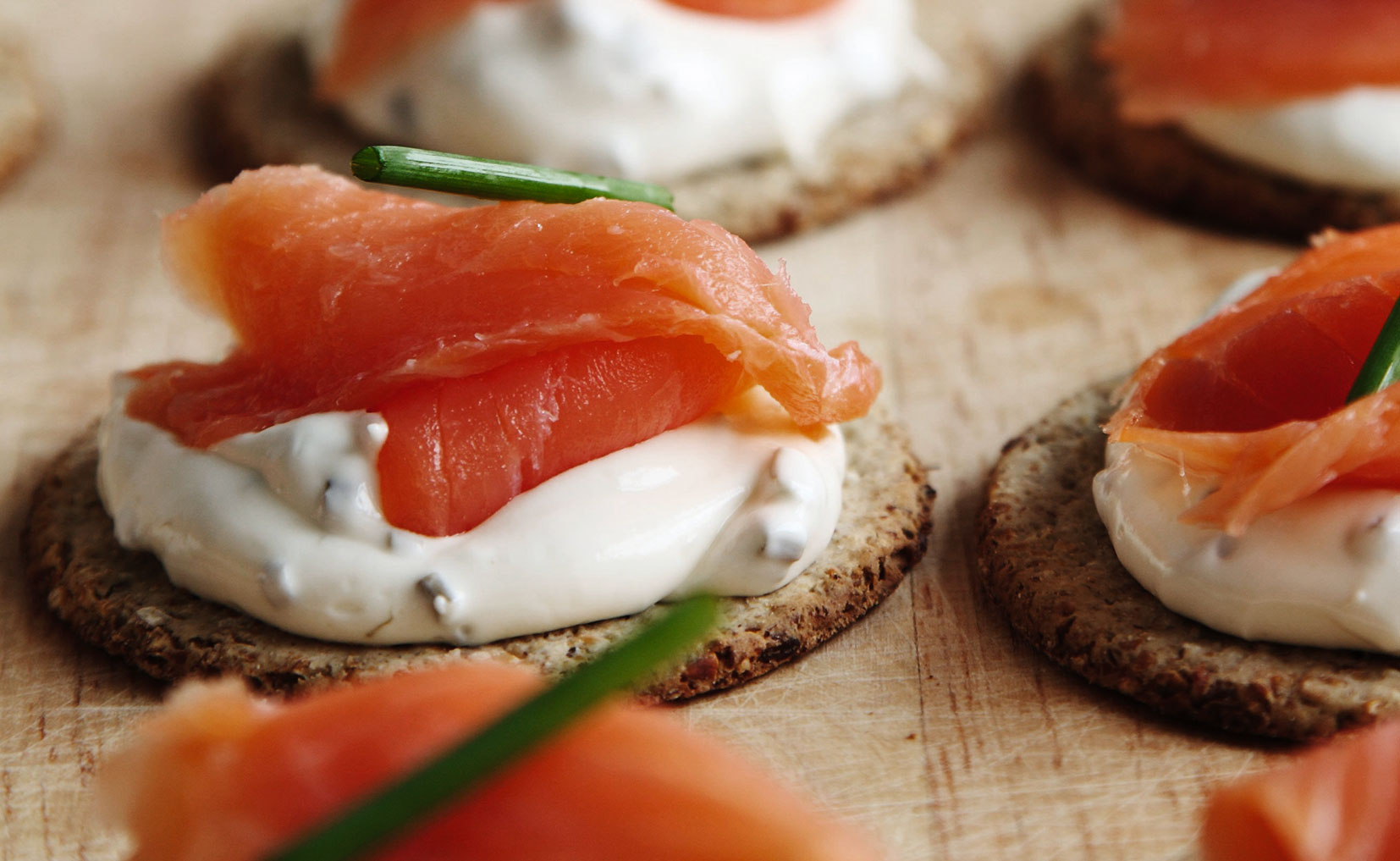
The finest dishes will brighten up our party tables. Among the multitude of products on offer, it's hard to find your way around. What do you have to pay attention to to make sure you choose quality products? Instructions for use with three of them.
Foie gras: we're not ignoring the label!
Even if foie gras is a product that is increasingly decried, it will be part of the party for many. Among the most consumed, there are mainly three appellations that are not equal in quality.
The first is the "bloc de foie gras", with or without pieces. It is a preparation made from pieces of foie gras reconstituted and mixed with water, before being seasoned and moulded. It can contain pieces of lobes (30% minimum) when mentioned with. The second, "foie gras", is an assembly of pieces of foie gras lobes which are then seasoned. Finally, "whole foie gras", as its name indicates, is a whole foie gras or several seasoned lobes. It is undoubtedly the most qualitative. It will go perfectly with beef for the inevitable tournedos Rossini, a real festive dish..
When making your choice, don't rely on price or well-known brands that are not always synonymous with quality. Rather, pay attention to the label and obviously favour products of French origin, labelled AOP, AOC, Label Rouge (especially from the Landes) or IGP (Protected Geographical Indication), from the South-West for example. They ensure a demanding and recognized know-how, a regulated and ethical production, from the breeding to the marketing of the product.
You prefer it raw? Choose "extra", paper-packed rather than vacuum-packed for better preservation. Ideally, you should order it from a butcher (check where it comes from) or pick it up directly from the producer. It should weigh on average 500g for a duck liver and between 800 and 1100 for a goose liver. Its beige flesh must be fairly resistant, not grainy or stained.
A recipe idea for cooking it: We choose frozen figs because it is not the season or we replace them with pears.

Oysters: freshness and origin are to be watched closely!
Whether you buy them in the shop, from the fishmonger or directly from the producer, please observe all the information on the donkey. Start by checking the packaging date and buy them as close to it as possible. Never exceed one week. To make sure they are fresh, the weight of the oysters is a good indicator. The heavier they are, the better. This means that they have not opened, contain water and are therefore alive. For the smell, they must smell like the sea, and they must, without a doubt, smell like the sea, otherwise, go on your way!
As far as certification is concerned, the oysters of Marennes-Oléron have the IGP label (Protected Geographical Indication). Two of them, "fine de claire" and "pousse en claire" are even certified by the Label Rouge. Other quality certifications, relating to producing regions such as "oysters from Brittany" for example, are also common. They indicate the area of farming and attest to the quality of the products. Note that the main French oyster-growing regions are : North Sea - Normandy, Brittany, Pays de la Loire, Poitou-Charentes, Arcachon-Aquitaine and Mediterranean.
Thanks to these certifications, you can be assured that the oysters have been raised according to precise specifications, respectful of the product. This is also the case for oysters with the organic (AB) label.

The smoked salmon: to be observed from every angle
Scotland, Norway, Ireland, whatever. Instead, we focus on the species and choose a Salmo salar that is better at smoking and salting than an Oncorhynchus. We then pay attention to the farming conditions (is it intensive?) and the processing of the product.
Salting of salmon can be done by injecting brine, which saves time but makes the fish swell and make it look mediocre. If the flesh is soggy, pink and pasty: run away! It must be salted with dry salt. As for smoking, it is done slowly from one or more woods. Oak and beech are the most qualitative. A good smoked salmon should be labelled "smoked with wood" and not just "smoked". The latter means that it is a liquid spray of smoke aroma.
Cutting is also important. Hand slicing is better than machine slicing, so check if the label says "hand sliced". There should be no brown spots, greasy bits, or bones on the slices. These should be large (so the fish has grown well), evenly coloured and a little shiny. Small white lines may be present, but they must be fine, otherwise it is a sign of a fatty salmon. Check that it is also marked "never frozen". Rely on Label Rouge-certified products that ensure regulated farming and processing conditions: dry salting, quick smoking after fishing, careful cutting. The AB label is also a guarantee of quality.
Smoked salmon oxidizes quickly and does not keep very long after packaging. Choose it as far away from the best before date as possible. A good alternative to smoked salmon and with almost identical taste value: smoked trout. Produced and farmed in France, when it is labelled organic, it is scrupulously controlled. It is an excellent fish, cheaper than salmon.
After enjoying yourself over the holidays, you might want to make a few good resolutions to get the New Year off to a good start? Check out ours!
